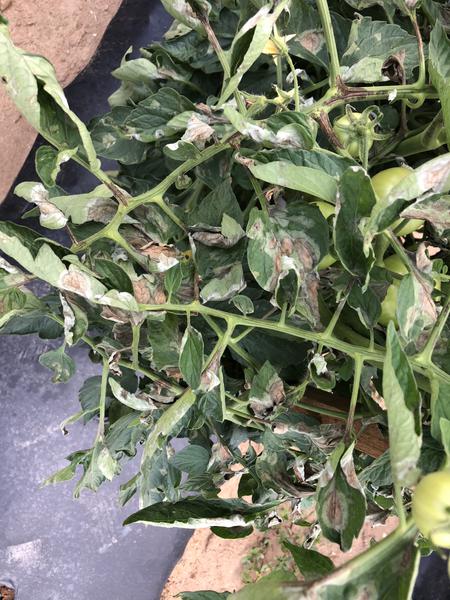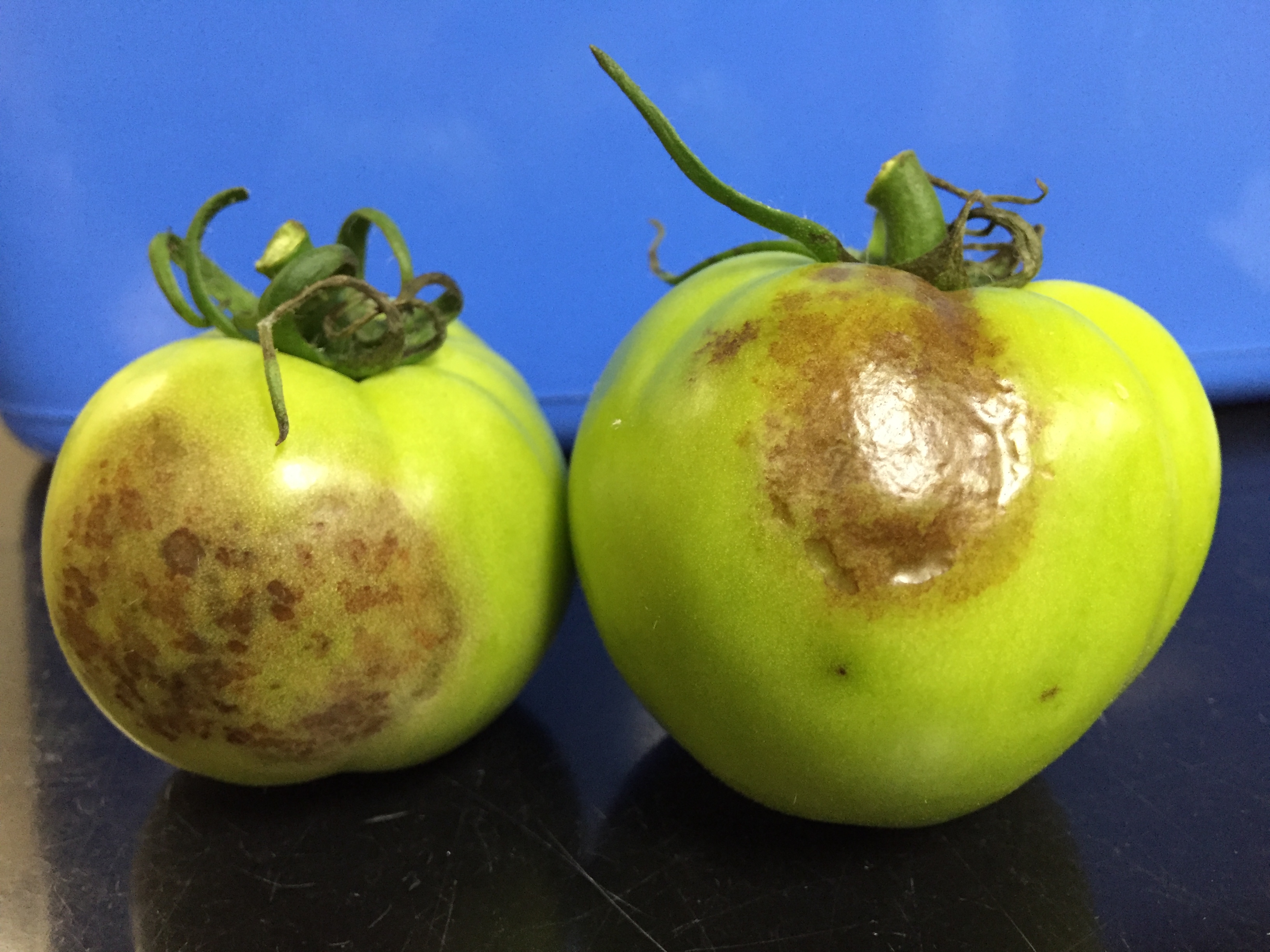

Applying the pathological concept allow for actual disease lesion areas to be quantized in accordance with their true analogy. The novelty of the algorithm is in the use of pathological analogy of diseases caused by pathogens, distinct homogeneous patterns relative to the disease progression, to segment individual images into symptomatic, necrotic, and blurred regions. This paper proposes an automatic disease symptom segmentation algorithm using a simple pathological pattern recognition concept to segment plant disease visual symptoms on digital leaf images. It is also envisaged that this research method would provide meaningful insight into the critical current and future role pathological integration in machine learning for food security. Results obtained indicated great potential for accurate grading by which pathological knowledge and advance computer network operate in proper synergy. The isolated diseased lesions are then quantified and localised for correlationwith a standard area diagram which gives the accurate grading of disease severity. In the 1st phase of the study, individual symptomatic (RS), necrotic (RN), and blurred (RB, in- between healthy and symptomatic) regions were identified and segmented. One of the most significant advantages of the proposed method is quantifying and localising disease symptom colonies into symptomatic and necrotic in accordance with pathological disease analogy for actual severity grading.

Until recently, most of the presented image processing techniques had been, and some still are, grading severity based on the visual understanding of disease symptom as a single lesion colony. This research proposes novel noetic integration between pathology and advanced yet straightforward image processing technique for grading the severity of vegetable late blight. For a color version of this figure, please refer to the color plate.ĭetecting incidence and grading the severity of plant diseases caused by pathogens is among the essential activities in precision agriculture.

Rapid field infestation is achieved through successful colonization descendant sporangia will drive the epidemics through the season. (d) At the end of the infection cycle, the hyphae emerge through the abaxial leaf-side stomata, followed by sporangial development. (c) Upon successful infection, the pathogen grows in the leaf mesophyll, as denoted by the numerous hyphae. Host plant's primary line of defense is rapid formation of callose-rich papilla directly underneath the attempted penetration area. (a) Germinating spore develops infection tube and attempts leaf tissue penetration by formation of appressorium. Red channel: pathogen-specific stain and plant autofluorescence green channel: callose-specific stain black and white: DIC. Rumba, as visualized by dual stain and confocal laser microscopy (Nowicki et al. Phytophthora infestans infection cycle on susceptible tomato cv.


 0 kommentar(er)
0 kommentar(er)
